Home>Garden Essentials>How To Help Grass Seed Grow
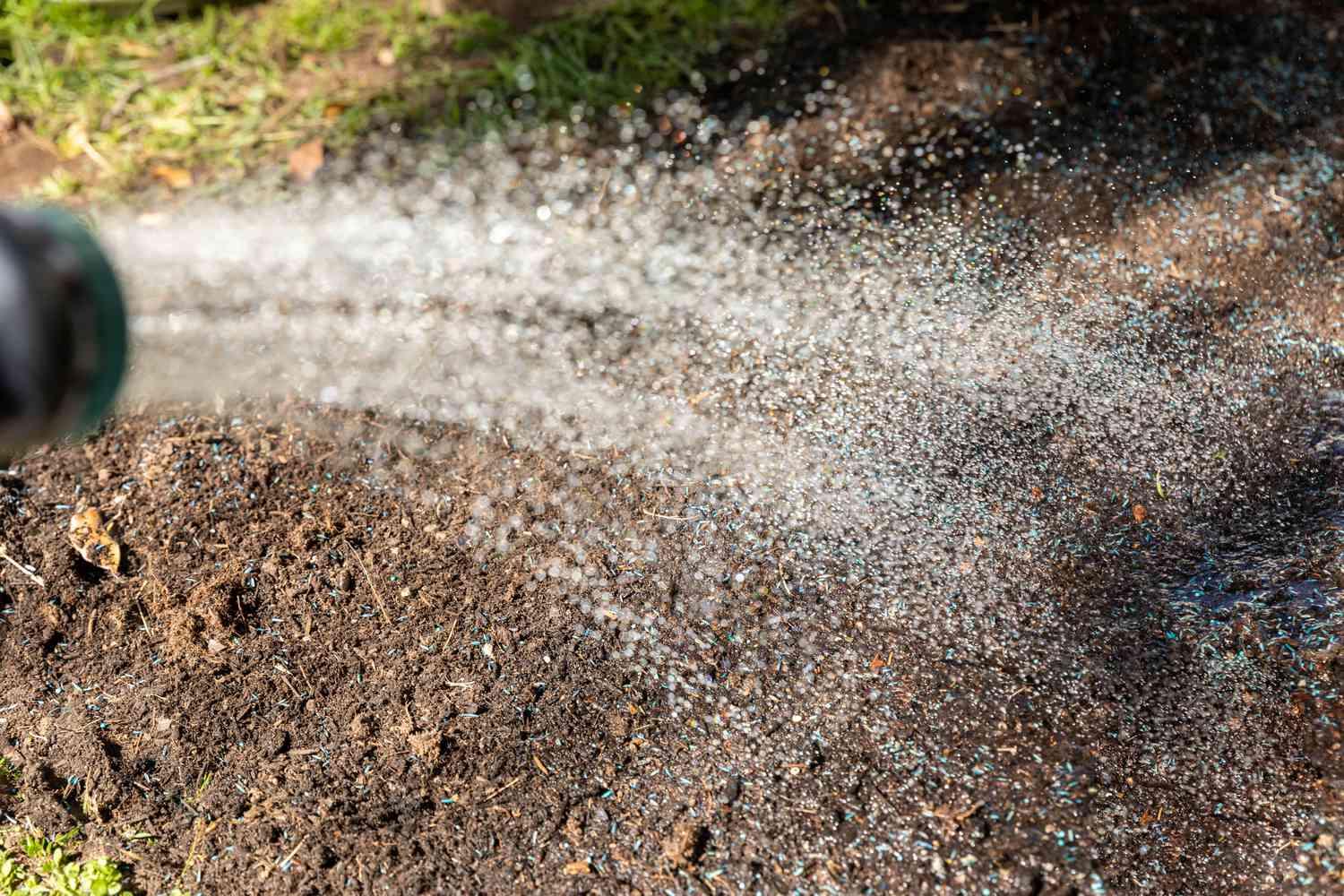

Garden Essentials
How To Help Grass Seed Grow
Modified: October 20, 2024
Learn how to help your garden grass seed grow with our expert tips and techniques, for a lush and healthy lawn.
(Many of the links in this article redirect to a specific reviewed product. Your purchase of these products through affiliate links helps to generate commission for Storables.com, at no extra cost. Learn more)
Introduction
Welcome to the world of gardening! Planting grass seed is an exciting endeavor that can transform your outdoor space into a lush and vibrant landscape. Whether you’re starting from scratch or looking to fill in bare spots, knowing how to help grass seed grow is essential for achieving a successful and thriving lawn.
In this comprehensive guide, we will walk you through the step-by-step process of growing grass from seed. From selecting the right grass seed to providing proper care and maintenance, you’ll learn everything you need to know to cultivate a beautiful and healthy lawn. So let’s dig in!
Key Takeaways:
- Choose the right grass seed based on your climate, sun exposure, soil type, intended use, and maintenance level. Consult local experts for personalized recommendations.
- Prepare the soil by removing debris, aerating, testing, adding organic matter, and leveling. Well-prepared soil creates an ideal environment for grass seed to thrive.
Read more: What Helps Grass Grow Fast
Step 1: Choosing the Right Grass Seed
Choosing the right grass seed is crucial for ensuring the success of your lawn. Different grass species have varying growth habits, tolerance to environmental conditions, and maintenance requirements. Here are some factors to consider when selecting the right grass seed for your lawn:
- Climate: Consider the climate in your region. Cool-season grasses, such as Kentucky bluegrass and fescue, thrive in climates with cold winters and moderate summers. Warm-season grasses like Bermuda grass and St. Augustine grass are better suited for regions with hot summers and mild winters.
- Sun Exposure: Assess the amount of sunlight your lawn receives. Some grass varieties, like fine fescue, are shade-tolerant and can withstand limited sun exposure. Others, like Bermuda grass, require full sun for optimum growth.
- Soil Type: Evaluate your soil type, whether it’s sandy, clayey, or loamy. Certain grass species, such as Zoysia grass, are adaptable to different soil types, while others may have specific soil requirements.
- Intended Use: Consider how you plan to use your lawn. Is it primarily for aesthetic purposes or do you expect high foot traffic? If you have children or pets who will be playing on the lawn, opt for a durable grass variety that can withstand heavy use.
- Maintenance Level: Think about your willingness and ability to maintain your lawn. Some grasses, like Kentucky bluegrass, require regular mowing and fertilization, while others, like tall fescue, are relatively low-maintenance.
Once you’ve considered these factors, consult with your local garden center or extension office for recommendations on the best grass seed varieties for your specific needs. They can provide valuable insight based on your region’s climate, soil conditions, and other relevant factors.
Remember, choosing the right grass seed is the foundation for a healthy and beautiful lawn, so take the time to research and make an informed decision.
Step 2: Preparing the Soil
Preparing the soil is a crucial step in ensuring the success of your grass seed’s germination and growth. Proper soil preparation creates an ideal environment for the seeds to establish strong roots and absorb nutrients. Here’s how you can prepare the soil for optimal grass seed growth:
- Remove debris: Clear the area of any rocks, weeds, and existing grass. Use a garden rake or a tiller to loosen the top layer of soil.
- Aerate the soil: If the soil is compacted, it may impede water and nutrient absorption. Use a garden fork or a mechanical aerator to create small holes or remove small plugs of soil. This helps improve air circulation and allows the roots to penetrate deeper.
- Test the soil: Conduct a soil test to determine its pH level and nutrient content. Most grass species prefer a pH level between 6 and 7. If the pH is too acidic or alkaline, you can adjust it by adding soil amendments like lime or sulfur.
- Add organic matter: Incorporate organic matter into the soil, such as compost or well-rotted manure. This helps improve soil structure, water retention, and nutrient availability.
- Level the soil: Ensure that the soil surface is even and smooth. Remove any high spots and fill in any low areas to create a uniform surface.
By following these steps, you’ll create a favorable environment for your grass seed to thrive. Well-prepared soil provides a loose and fertile base for the seeds to establish, leading to healthier and more robust grass growth.
Step 3: Planting the Grass Seed
Now that you have prepared the soil, it’s time to plant the grass seed. Follow these steps to ensure proper seeding and give your grass the best chance to grow:
- Choose the right time: The optimal time for planting grass seed depends on the type of grass and your climate. Generally, cool-season grasses should be planted in early fall or early spring, while warm-season grasses are best planted in late spring or early summer.
- Calculate the seeding rate: Determine the amount of grass seed you need based on the size of your lawn. Refer to the seed packaging or consult with a lawn care professional for the recommended seeding rate.
- Divide the area: Divide your lawn into smaller sections for easier and more controlled seeding.
- Spread the seed: Use a handheld spreader, a broadcast spreader, or a drop spreader to evenly distribute the grass seed over the prepared soil. Follow the seeding rate guidelines to avoid overseeding or underseeding.
- Rake the seed into the soil: Gently rake the seed into the top ¼ inch of soil. This ensures good seed-to-soil contact and helps prevent the seed from drying out.
After planting the grass seed, lightly water the area to moisten the soil. Be careful not to overwater, as excessive moisture can lead to poor seed germination or disease issues.
It’s important to follow the specific instructions provided by the grass seed manufacturer, as different seed varieties may have unique requirements for planting depth and post-seeding care.
Now that the grass seed is planted, it’s time to move on to the next step: watering the grass seed.
Step 4: Watering the Grass Seed
Proper watering is essential for the germination and establishment of grass seed. Watering at the right time and in the right amount ensures that the seeds stay moist and encourages healthy root development. Follow these guidelines for watering your newly planted grass seed:
- Water immediately after planting: After seeding, give the area a thorough watering to ensure that the soil is evenly moist. This helps the seeds make contact with the soil and initiates the germination process.
- Maintain moisture: Keep the top 1 to 2 inches of soil consistently moist until the grass seed germinates. This usually requires frequent light watering, 2 to 3 times a day, depending on the weather conditions. Avoid overwatering, as it can lead to waterlogging and seed rot.
- Adjust watering as the grass grows: Once the grass seed starts to germinate and grow, gradually reduce the frequency of watering and increase the amount per watering session. This promotes deeper root growth and helps the grass withstand drought conditions.
- Water in the early morning: Watering in the early morning allows the grass to dry during the day, reducing the risk of fungal diseases. Avoid watering in the evening, as the prolonged dampness can create a favorable environment for diseases.
Keep in mind that watering requirements may vary depending on the grass species, soil conditions, and climate. It’s important to monitor the soil moisture regularly and adjust your watering schedule as needed.
Remember, consistent and proper watering is key to ensuring the successful establishment of your grass seed and promoting healthy growth.
Water your grass seed regularly, keeping the soil consistently moist but not waterlogged. This will help the seeds germinate and establish strong roots for healthy growth.
Read more: Why Does Sand Help Grass Grow
Step 5: Providing Adequate Sunlight
Grass, like any other plant, requires sunlight for photosynthesis, a crucial process for its growth and survival. Adequate sunlight ensures healthy root development, promotes lush foliage, and enhances overall grass vigor. Here’s how you can provide your grass seed with the right amount of sunlight:
- Assess your lawn’s sun exposure: Observe your lawn throughout the day to determine the amount of sunlight it receives. Note areas of shade, partial shade, and full sun.
- Choose grass species accordingly: Select grass seed varieties that match the sunlight conditions in your lawn. Cool-season grasses, such as Kentucky bluegrass and tall fescue, generally require at least 4 to 6 hours of direct sunlight per day. Warm-season grasses like Bermuda grass and Zoysia grass thrive in full sun with 6 to 8 hours or more of direct sunlight.
- Trim overhanging branches: If trees or shrubs cast shade over your lawn, consider trimming branches to allow more sunlight to reach the grass. This will help prevent thinning and patchy growth in shaded areas.
- Consider alternative solutions for shaded areas: If you have heavily shaded areas where grass struggles to grow, consider alternatives like ground covers or shade-tolerant grass species, such as fine fescue or creeping red fescue.
While it’s important to provide adequate sunlight, it’s also crucial to maintain a balance. Avoid excessive sunlight exposure, as it can lead to heat stress and rapid moisture evaporation. Watch out for signs of sunburn, such as yellowing or browning of the grass, and take appropriate measures to provide shade or adjust your watering schedule if needed.
By ensuring that your grass seed receives the right amount of sunlight, you will create an environment conducive to healthy growth and create a lush and vibrant lawn.
Step 6: Controlling Weeds and Pests
Controlling weeds and pests is essential to maintaining a healthy and thriving lawn. Weeds compete with grass for nutrients, water, and sunlight, while pests can cause damage to the grass blades and roots. Here are some strategies to effectively control weeds and pests in your lawn:
- Preventive measures: Start by promoting a healthy lawn through proper watering, mowing, and fertilization. A thick, healthy grass cover helps prevent weed growth and reduces susceptibility to pest infestations.
- Weed management: Regularly inspect your lawn for weeds and promptly remove them. Hand-pulling or using a weeding tool is effective for small patches of weeds. For larger areas, consider using herbicides specifically designed for the type of weeds you are facing. Follow the instructions on the herbicide label carefully and apply it only as directed.
- Pest management: Common pests that can damage grass include grubs, armyworms, and chinch bugs. Monitor your lawn for signs of pest activity, such as brown patches, chewed grass blades, or excessive insect activity. If pests are present, consider using targeted insecticides to eliminate them. Organic control methods, like introducing beneficial insects or using nematodes, can also be effective alternatives.
- Maintain a proper mowing height: Keeping your grass at the recommended mowing height helps shade the soil and prevent weed seeds from germinating. It also promotes a stronger, denser grass growth, making it more resistant to pests and weeds.
- Aerate the soil: Regularly aerating your lawn helps improve soil drainage and reduce thatch buildup, which can harbor pests and weed seeds. Aerating also allows air, water, and nutrients to penetrate the soil more effectively, promoting healthier grass growth.
Remember, maintaining a healthy and weed-free lawn requires consistent effort and attention. Regularly inspect your lawn, promptly address any weed or pest issues, and follow proper lawn care practices to minimize weed and pest infestations.
By implementing these strategies, you can create an environment where your grass thrives and weeds and pests are kept under control.
Step 7: Regular Maintenance and Care
Maintaining a beautiful and healthy lawn requires ongoing care and attention. Regular maintenance practices will help your grass seed grow and thrive, ensuring a vibrant and inviting outdoor space. Here are some essential maintenance tasks to keep your lawn in top shape:
- Regular watering: Once your grass is established, transition to a regular watering schedule. Deeply water the lawn 1-2 times per week, providing about 1 inch of water each time. This encourages deep root growth and helps your grass withstand dry spells.
- Proper mowing: Maintain the recommended mowing height for your grass species. Generally, cool-season grasses should be kept at a height of 2.5 to 3.5 inches, while warm-season grasses prefer a shorter height of 1 to 2 inches. Avoid mowing too low, as it can stress the grass and increase the risk of weed infestations.
- Fertilization: Apply a balanced fertilizer tailored to your grass type and follow the recommended schedule. This provides essential nutrients for healthy growth and helps your lawn resist disease, weeds, and pests. Avoid over-fertilizing, as it can damage the grass and lead to excessive growth.
- Weed control: Continuously monitor your lawn for weeds and promptly remove them. Regularly apply pre-emergent herbicides in early spring to prevent weed seeds from germinating. Follow up with post-emergent herbicides for any weeds that do manage to sprout.
- Aeration: Periodically aerate your lawn to alleviate soil compaction and promote better airflow, water absorption, and nutrient penetration. This is particularly important for high-traffic areas.
- Overseeding: To maintain a thick and lush lawn, overseed your existing grass every couple of years. Overseeding helps fill in bare patches and enhances the overall density of your lawn.
- Addressing bare spots: If you notice bare spots in your lawn, reseed them promptly to prevent weeds from taking hold. Prepare the area, spread grass seed, and keep it consistently moist until new grass emerges.
Regularly inspect your lawn for signs of disease, pests, or other issues. Take quick action to address any problems before they become widespread. Keep a record of your lawn care activities and adjust your maintenance routine as needed.
By following these maintenance practices, you can keep your lawn healthy, vibrant, and enjoyable for years to come.
Conclusion
Congratulations! You’ve now learned the essential steps to help your grass seed grow into a beautiful and thriving lawn. By carefully selecting the right grass seed, preparing the soil, planting effectively, providing proper watering and sunlight, controlling weeds and pests, and maintaining regular care, you can achieve a lush and healthy lawn that will be the envy of your neighbors.
Remember, successful lawn growth requires patience, dedication, and ongoing maintenance. Regularly monitor your lawn, address issues promptly, and adjust your care routine as necessary. Stay proactive in preventing and managing weed infestations, pests, and diseases.
Don’t forget to tailor your lawn care practices to your specific grass species, climate, and conditions. It’s important to consult with local experts or garden centers for region-specific guidance and recommendations.
So, grab your gardening tools, put on your gloves, and get started on this exciting journey to cultivate a lush, green, and inviting lawn. Enjoy the beauty and satisfaction that comes with growing and nurturing your very own patch of grass!
Frequently Asked Questions about How To Help Grass Seed Grow
Was this page helpful?
At Storables.com, we guarantee accurate and reliable information. Our content, validated by Expert Board Contributors, is crafted following stringent Editorial Policies. We're committed to providing you with well-researched, expert-backed insights for all your informational needs.
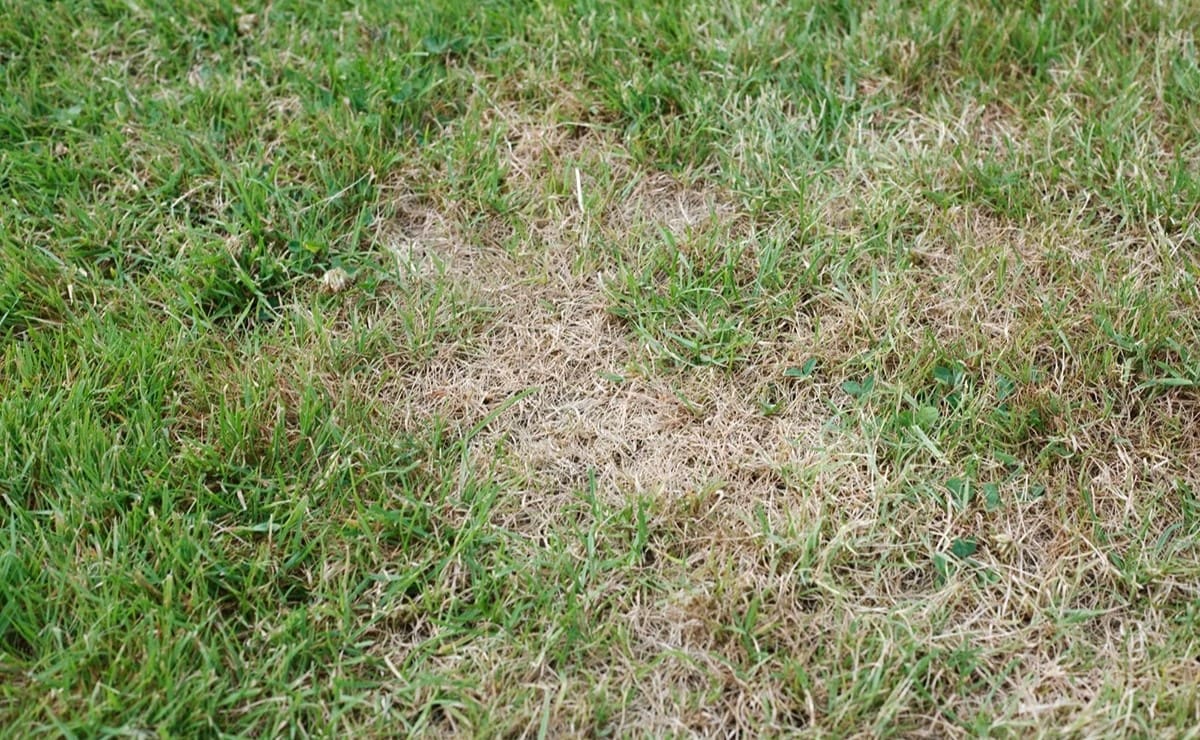


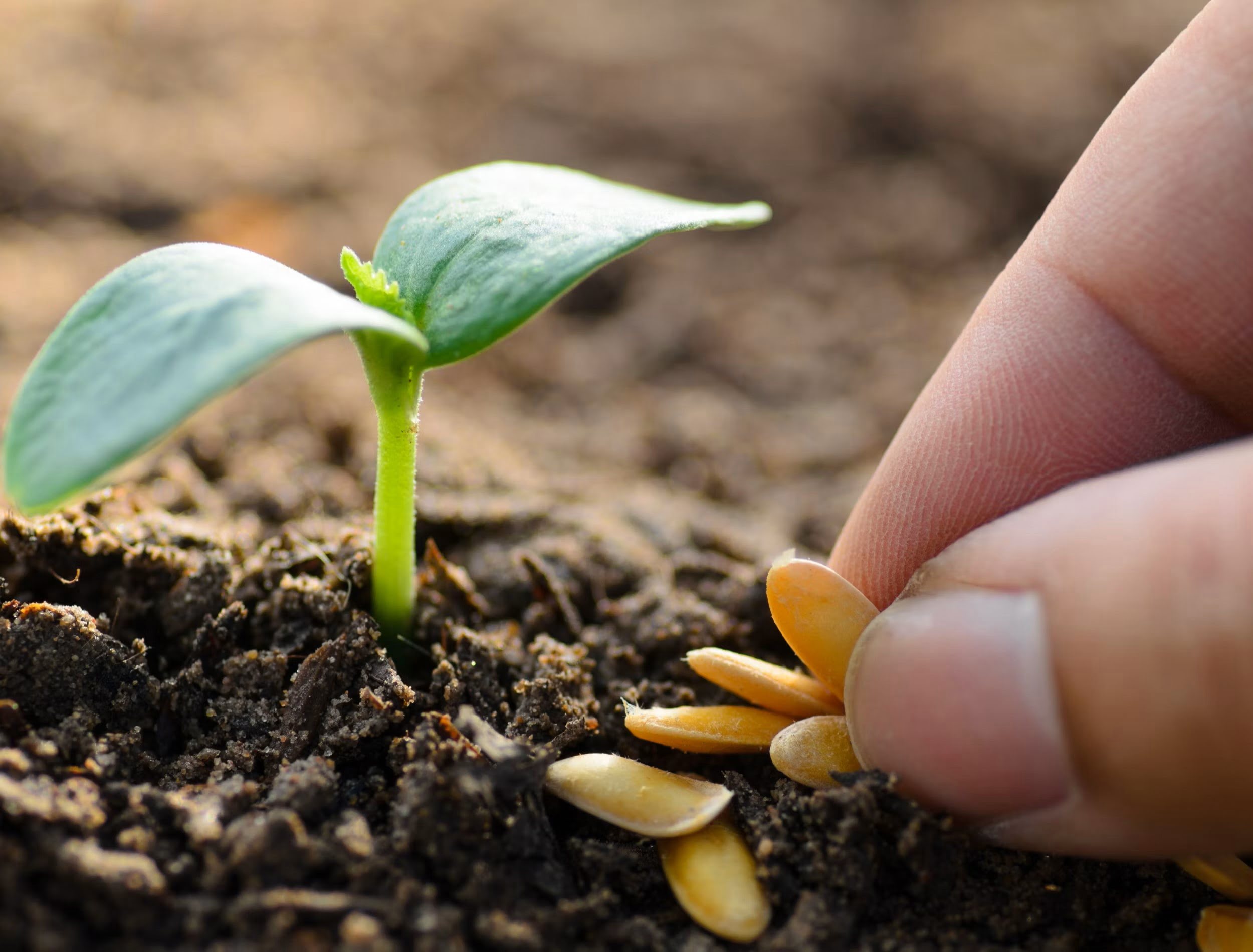


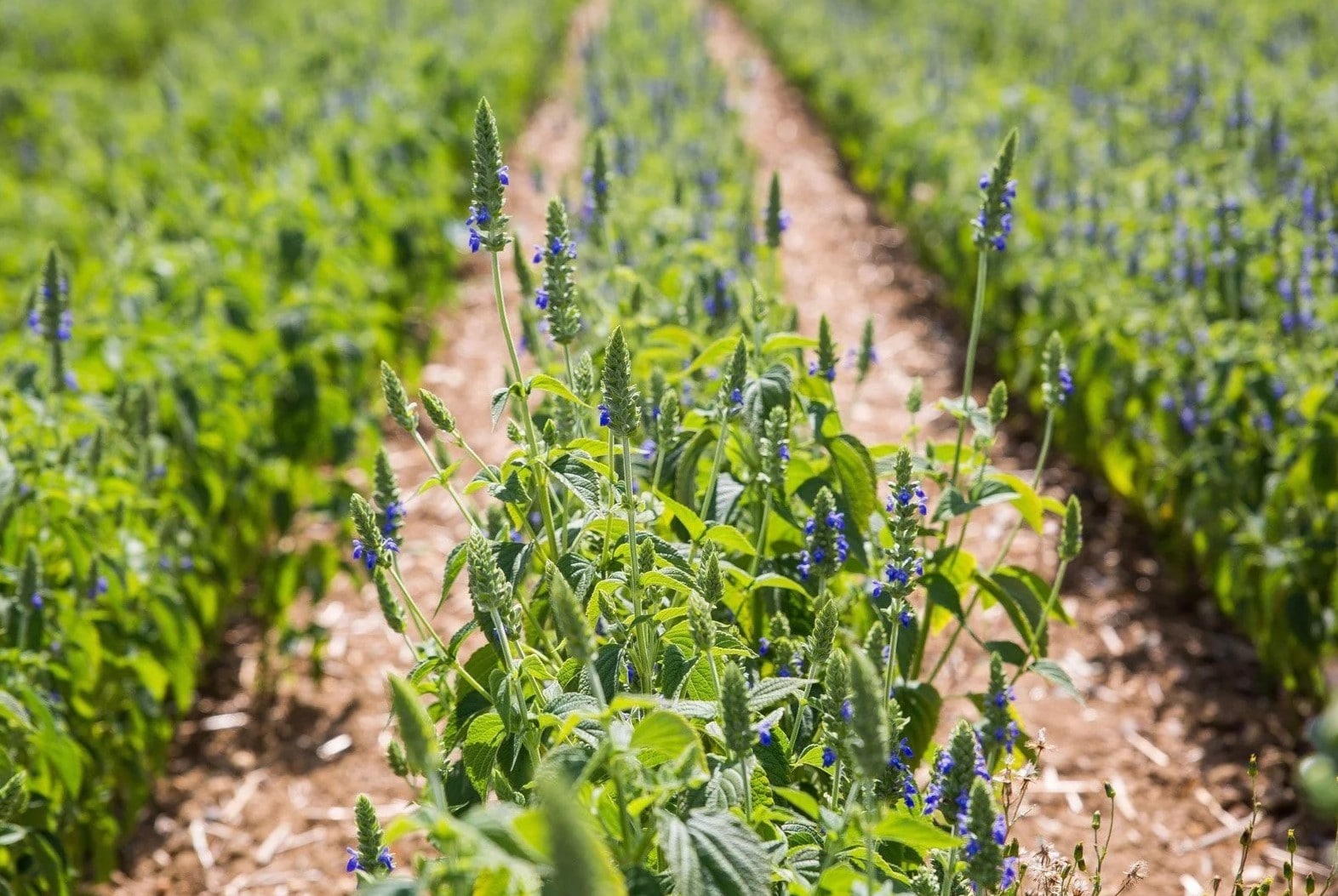


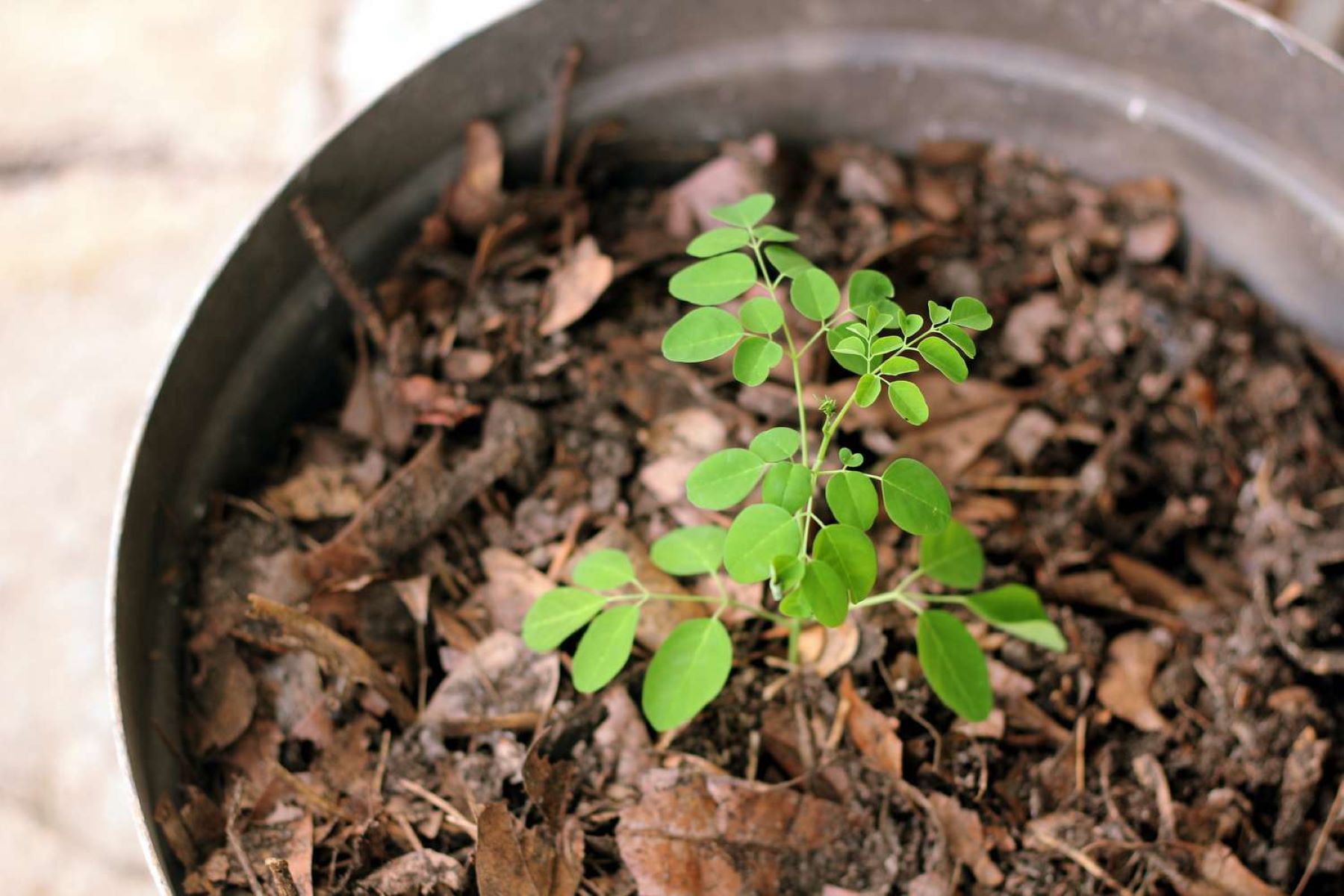

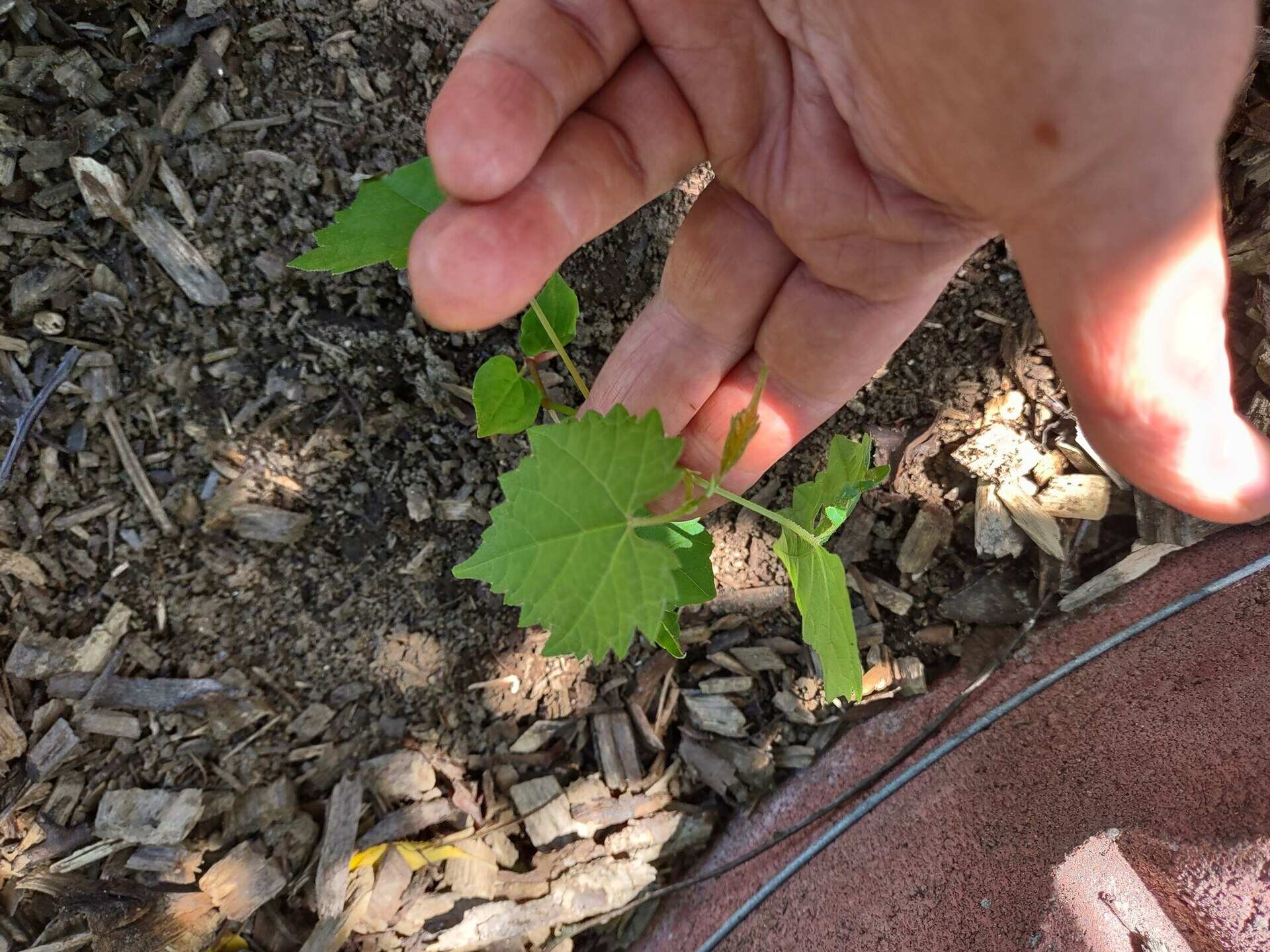



0 thoughts on “How To Help Grass Seed Grow”